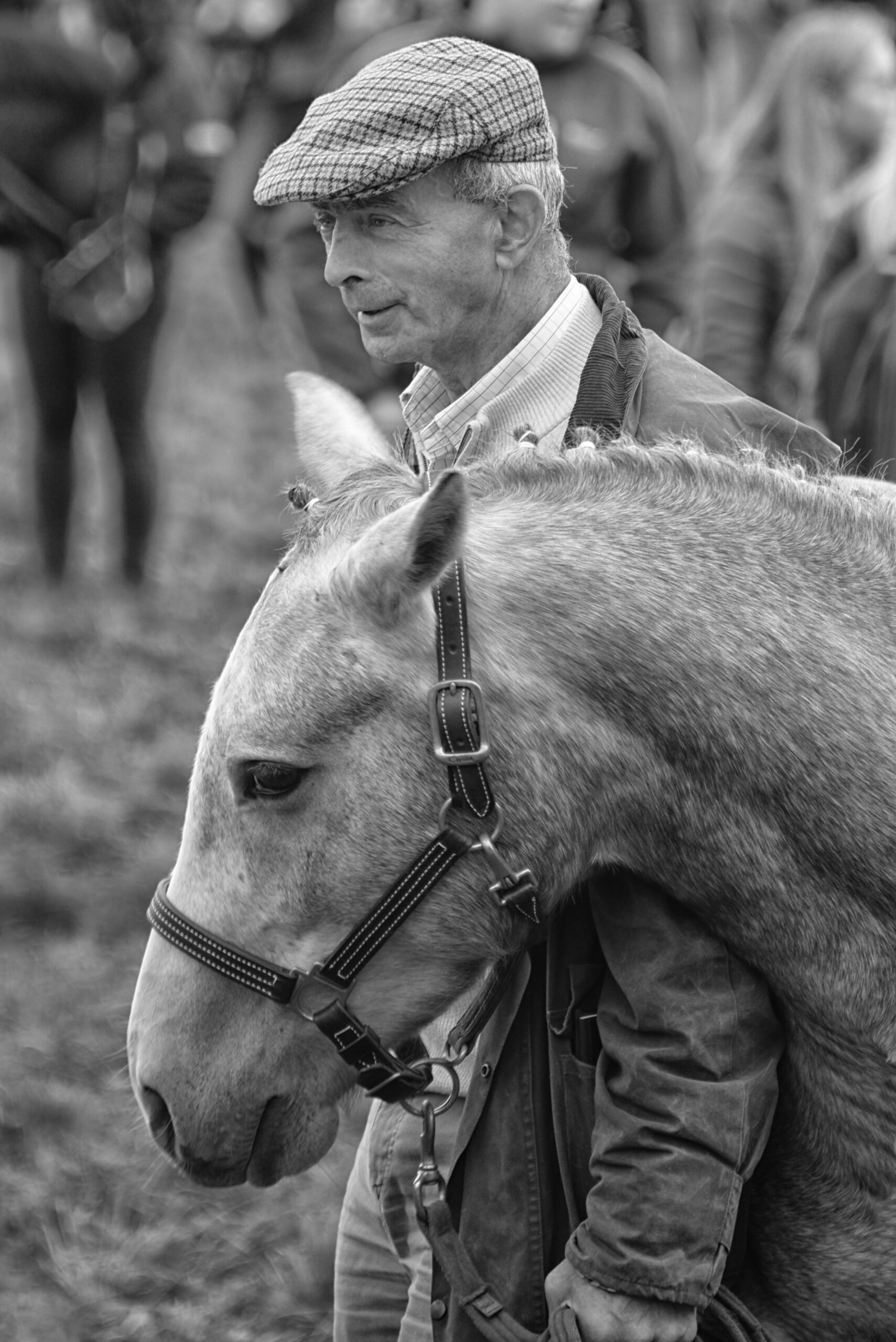Ballinasloe Fair & Festival
History of the Fair
The Ballinasloe October Fair is one of the oldest fairs in Ireland, at one stage renowned as the largest and greatest in all of Europe. While now predominantly associated with the horse, in its heyday the October Fair was an agricultural event of much greater significance, serving as a market for the sale of cattle and sheep by the farmers of the West to their counterparts in the East of Ireland.
The abundant evidence provided by nineteenth-century accounts in newspapers and travel literature make it undoubtedly clear that the Ballinasloe October Fair was one of the greatest and renowned in Ireland and beyond. Indeed, the London Times described the Ballinasloe October Fair as “the largest of its kind in Europe” (1804), “the greatest in the British empire” (1816), and “the greatest one-day fair in Ireland” (1829).
A range of other clues point to the fact, however, that the Fair is indeed ancient in origin. The most obvious is provided by the town’s original name in Irish, Béal Átha na Sluaighe, which translates as the “Ford-Mouth of the Hostings”. The “ford-mouth” refers to the crossing point the location offered over the River Suck and the “hostings” to those crowds, Thus, Ballinasloe provided a convenient and safe centre for the sale of livestock from Connacht to Leinster. In other words, animals raised in the West could be easily sold on to graziers from the East for fattening.
As the October Fair, like all fairs across Ireland, declined in importance from the mid-twentieth century onwards, attempts were made to revitalise it. In 1948 a committee was formed that organised a carnival to coincide with the Fair. Thanks to the efforts of this committee and those of those that followed the Ballinasloe October Fair has managed to survive where many others have faltered and vanished.
Dr Damian Mac Con Uladh article History of the fair


